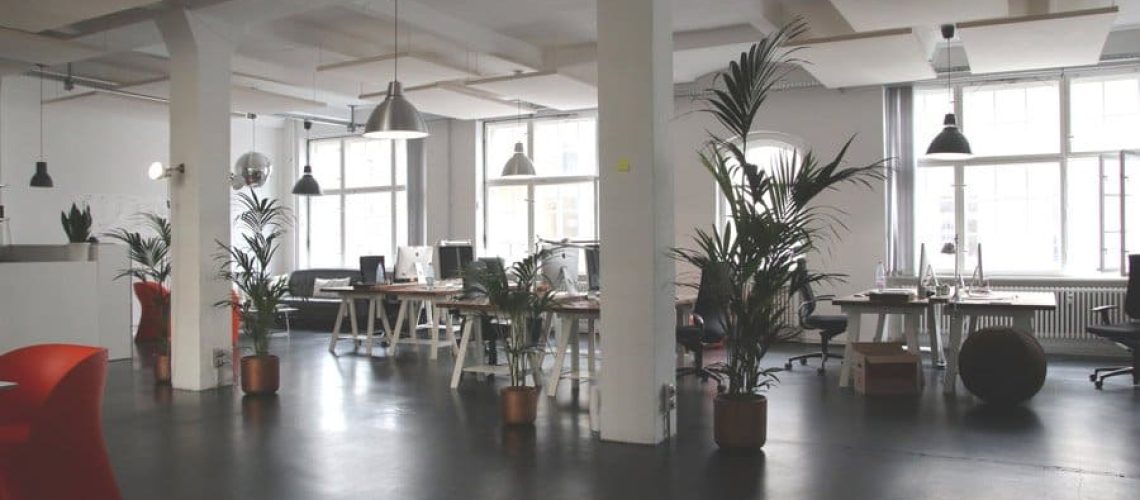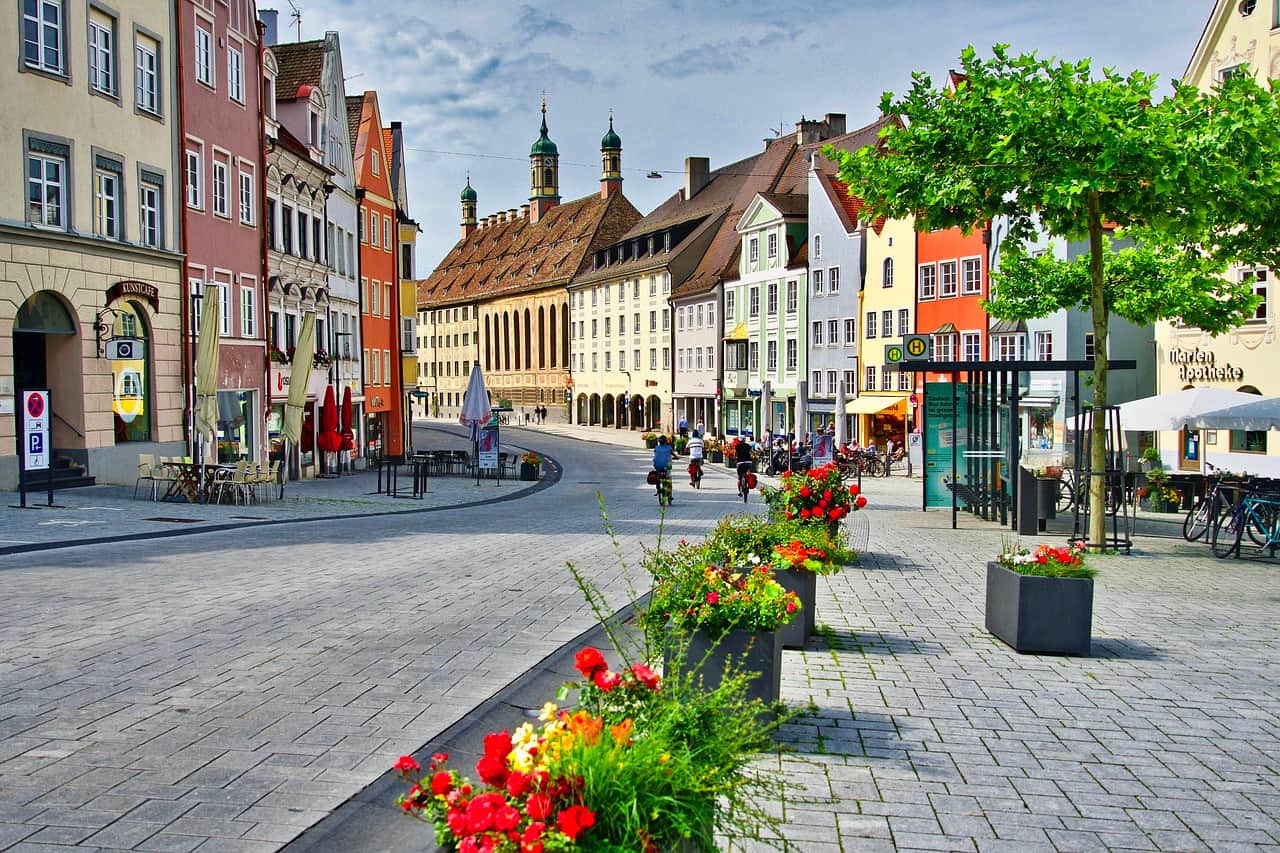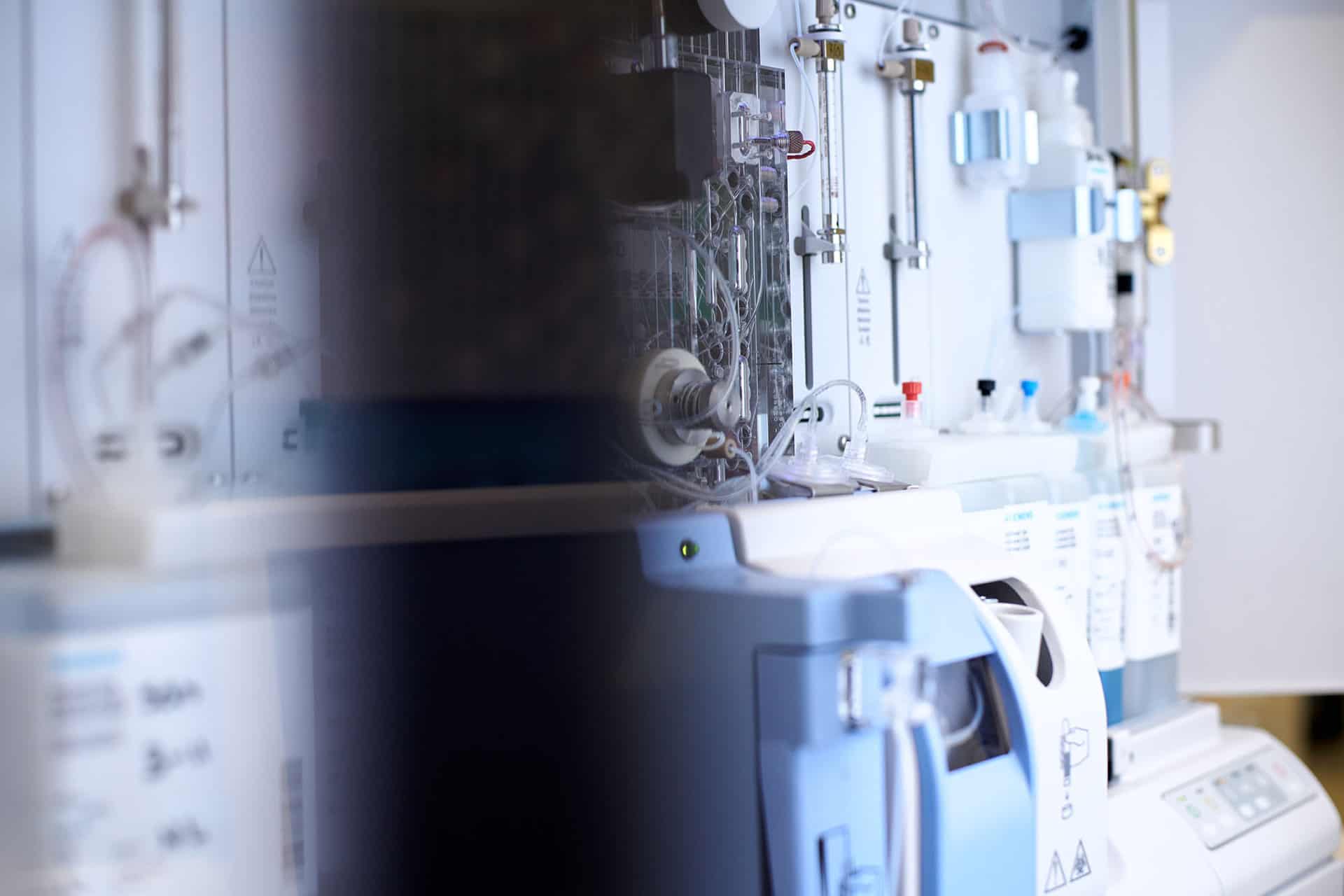The term “modern design” might seem vague to many people. In many ways, it is a vague term, as it encompasses a somewhat wide range of characteristics and forms. However, there are certain factors that define modern interior design, and it has a very clear origin.
Modernism
 Modernism is an art movement that formed as a rejection of more traditional forms of art, including Gothic and Victorian designs. Modernism was about throwing off the limitations imposed by these traditional art forms, allowing for a greater degree of artistic freedom and expression.
Modernism is an art movement that formed as a rejection of more traditional forms of art, including Gothic and Victorian designs. Modernism was about throwing off the limitations imposed by these traditional art forms, allowing for a greater degree of artistic freedom and expression.
This ethos eventually made its way into interior design. Ornate and gaudy decor, with all of its pageantry, was exchanged for a more straightforward, stripped down, and casual approach. Rather than focusing on rich colors and rounded curves, modernism emphasizes clean straight lines and deemphasizes fluff and unnecessary detail.
Out With the Wood, In With the Metal
Rather than an array of curvey wood furniture with rich stains, modern interior design tends to involve a lot of metal, stainless steel, and chrome. Things involving these materials typically include:
- Faucets
- Lamps
- Railings
- Cabinet handles
- Doorknobs
- Table legs
- Window coverings (metal blinds, for example)
However, modern interior design also rejects metal commonly used in traditional design such as wrought iron, rather focusing on metals that are clear, clean, and crisp.
Polished chrome is often used in modern interior design because it is shiny with a bluish undertone, which contributes nicely to the new, less “lived in” look that modern interior design attempts to achieve.
Color Palette – Black, White, and Primary Colors

Modern interior design focuses on a simple combination of black and white throughout the home, with certain areas involving primary colors as accents. Primary colors are used in modern interior design as a way of breaking up the monotony of a simple black and white layout, however, they tend to be used sparingly. These primary colors tend to be incorporated through:
- Accent walls
- Rugs
- Pillows
- Single pieces of furniture
- Abstract wall art
Associations With Minimalism
Modern interior design is often associated with minimalist interior design, and in some ways, the latter can be seen as the ultimate logical conclusion of the former. However, minimalism can also be seen as simply one element of modern interior design.
Both have the following qualities in common:
- A “less is more” approach
- Casting off any unnecessary elements
- A tendency to focus on the bare bones essentials
- Lack of pageantry
- Lack of clutter
- Neutral and/or bold color palette
Associations With Industrial Design
There are also some associations with industrial interior design, which is a form of interior design that derives its aesthetic from various objects and structures that would otherwise be covered up. These include:
- Iron railings
- Bricks
- Pipes
- Ceiling beams
- Ducts
Industrial design also focuses on furniture and decorations comprised of materials that would typically be used in large industrial factories. Kitchen appliances, light fixtures, and other things include steel and chrome accents. Walls are often comprised of brick or concrete, and it makes use of stripped flooring.
Industrial design could be said to be a form of modern design in that it represents a radical departure from the rules and limitations imposed by traditional design. While modern design is more closely related to minimalism (in some ways inexorably so), it also shares many similarities with industrial design, including:
- A departure from the traditionalist framework
- Use of modern materials
- Ability to innovate and experiment
- A move towards minimalism and a rejection of pageantry
Many of the characteristics of modern design and industrial design work hand in hand, and both styles could be used simultaneously in one house or apartment with ease and consistency. Characteristics of minimalism are also quintessentially tied in with both modern and industrial interior design.
Modern Interior Design vs. Contemporary Interior Design
You might think “modern” and “contemporary” are synonymous, and in most cases, you’d be right – but not when it comes to interior design.
Modern design has a fairly strict set of rules (as outlined above), whereas contemporary design is still somewhat in the process of development, so the rules aren’t so hard and fast. Contemporary design often features a wide variety of colors (not just neutral and primary) and also incorporates a lot of wood furniture and decor featuring curves and rich stains.
That said, there are also some similarities:
- An emphasis on minimalism
- A rejection of rules associated with traditional designs
- An overall relevant and “present day” feel





